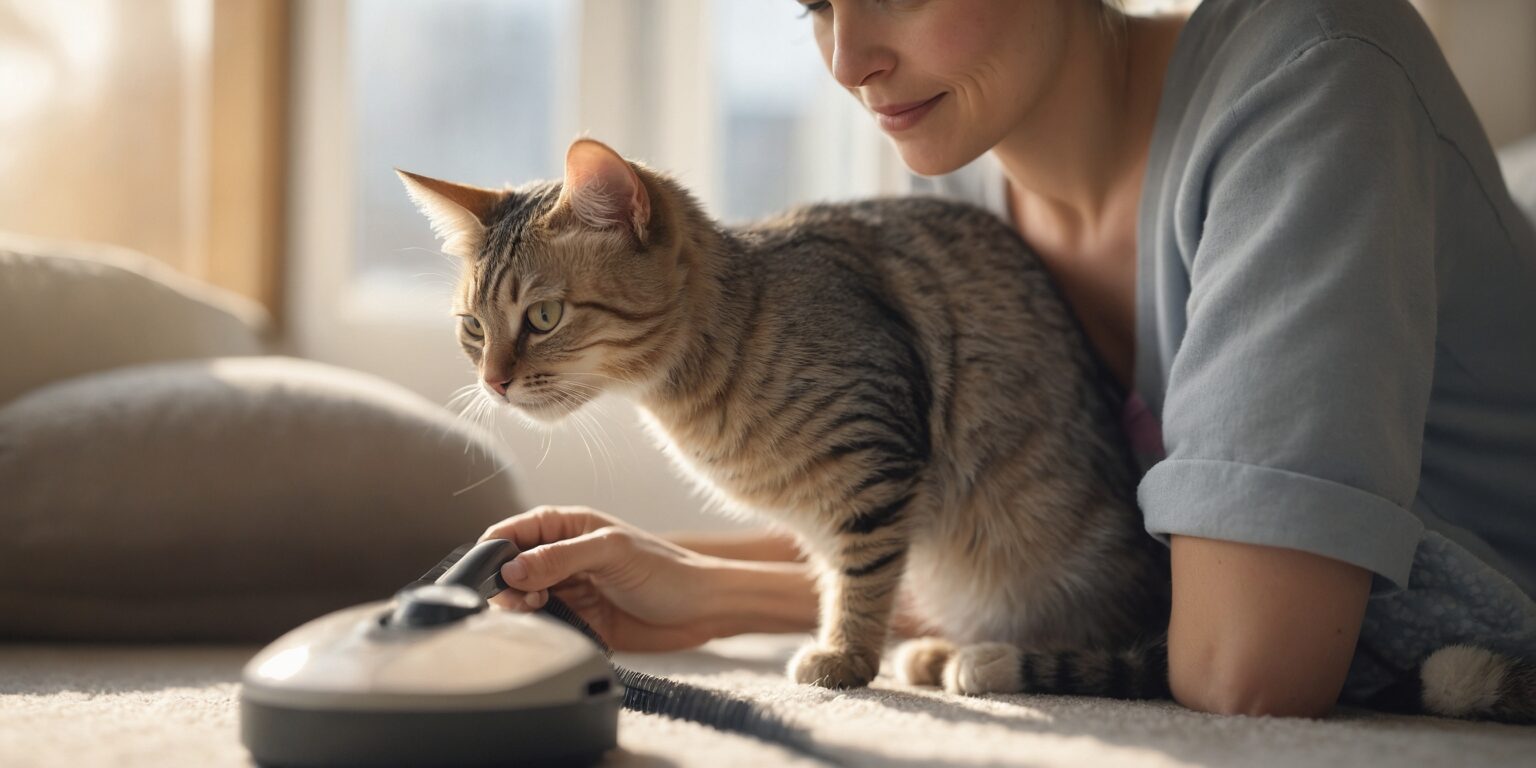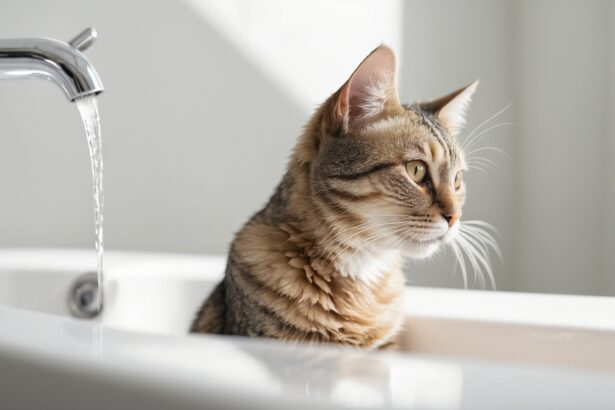Recognizing a flea infestation in cats
Is your sweetheart scratching, twitching her back, or grooming like there’s no tomorrow? Those fast, dark-brown specks might be cat fleas. Their bites itch, and repeated scratching can lead to scabs, hair loss, and skin infections.
Look for flea dirt: tiny pepper-like granules on the skin and bedding. Place your cat on a white towel and run a fine-tooth flea comb through the fur. Mist the debris with a bit of water: if it turns reddish-brown, it’s digested blood—classic flea dirt.
Surprising but true: around 95% of the flea life cycle happens off your cat—eggs, larvae, and pupae hide in carpets, cracks, and fabrics. That’s why treating only your kitty isn’t enough.
Want broader context on common health issues to watch for? Browse this friendly guide to cat health and care: cat health problems.
Treating a flea infestation
Pick a vet-approved product that fits your cat’s age and weight. Spot-on treatments and prescription oral options kill adult fleas fast; many also break the life cycle by targeting eggs and larvae. Always read the label—dose matters for safety and results.
Severe cases benefit from a layered plan: flea combing daily, treatment for all pets in the home, and a thorough home clean-up (more on that below). Most products need consistent monthly use for a few cycles to beat the hatch-and-reinfest pattern.
- Error to avoid: Don’t use dog products on cats—some contain permethrin, which is toxic to cats.
- Another pitfall: Bathing before or right after applying a spot-on can reduce its absorption. If a bath is necessary, schedule it 48 hours before or after the application.
- Essential oils and vinegar? Skip them. They’re unreliable against fleas and can irritate feline skin.
If worms have appeared alongside fleas (it’s common), pair your plan with a suitable dewormer. Need help choosing one? See the practical overview here: best dewormer for your cat.
Home treatment and a smart cleaning routine
Fleas don’t just live on your cat. They love warm, quiet fibers.
- Vacuum daily for 1–2 weeks: carpets, baseboards, sofa seams, under furniture, and the car. Empty the canister outdoors.
- Wash bedding weekly at 60°C (140°F): your cat’s blankets, your throws, and removable cushion covers.
- Use room sprays or foggers only as directed, keeping pets out until the space is fully ventilated.
Astuce you’ll love: Place a shallow dish of warm water with a drop of dish soap on the floor near a nightlight. Overnight, adult fleas often jump toward the light and get trapped by the soapy water. Use only in pet-free zones and remove before your cat returns.
If parasites are a recurring headache, it’s worth brushing up on other unwanted hitchhikers too—here’s your easy primer on prevention and removal: tick protection guide.
Preventing fleas for good
Prevention is easier than a full-blown battle. Keep protection active year-round, even for indoor cats. Fleas can hitch a ride on shoes, clothes, and visiting pets.
- Maintain monthly preventives for all pets in the household.
- Flea-comb once or twice a week during warm months, especially around the neck, tail base, and belly.
- Reduce plush clutter: fewer throw rugs and stacked blankets mean fewer flea hideouts.
Common mistake: Stopping treatment as soon as you stop seeing fleas. Pupae can keep hatching for weeks. Continue monthly dosing to break the cycle for good.
If your cat gets tapeworms after fleas, protect her from a repeat with a solid routine. This quick guide explains timing and steps clearly: protect your cat from worms.
Myths and facts about cat fleas
- Myth: “Indoor cats can’t get fleas.” Fact: They can—fleas ride in on clothing, secondhand rugs, or even a sunny balcony nap.
- Myth: “A single bath solves it.” Fact: Baths remove some adults but don’t touch eggs/pupae in the environment.
- Myth: “Collars alone are enough.” Fact: Some collars help, but many situations require a comprehensive plan.
Fun fact: A single female flea can lay up to 50 eggs a day. That’s how “one or two fleas” becomes “how did this happen?” so quickly.
When to call your vet
See your vet if you notice bald patches, severe itching, scabs, pale gums, lethargy, or if your kitten is infested (young cats are more vulnerable). Your vet can tailor a safe, fast plan—especially important for pregnant, senior, or medically fragile cats.
For a broader health check and supportive care tips during recovery, this overview is handy and reassuring: how to handle common cat health problems.
Living flea-free in 2024
With a little detective work, consistent treatment, and a tidy home routine, the itch can be history. Keep monthly preventives on autopilot and do quick seasonal checks.
Result? A comfy, relaxed cat and peace of mind for you. That’s the kind of quiet we all deserve.
FAQ
What kills cat fleas instantly?
Vet-approved oral or topical fast-acting products are best for quick knockdown. Pair them with combing and environmental cleaning for lasting results.
How long does it take to get rid of fleas in a house?
Expect 3–8 weeks, depending on infestation level and cleaning consistency. Keep monthly preventives active throughout this period.
Can indoor-only cats really get fleas?
Yes. Fleas can arrive on shoes, clothing, used textiles, or visiting pets. Year-round prevention is the safest strategy.
Is it safe to use dog flea products on a cat?
No. Some dog formulas contain permethrin, which is toxic to cats. Always choose cat-specific treatments and follow label directions.








